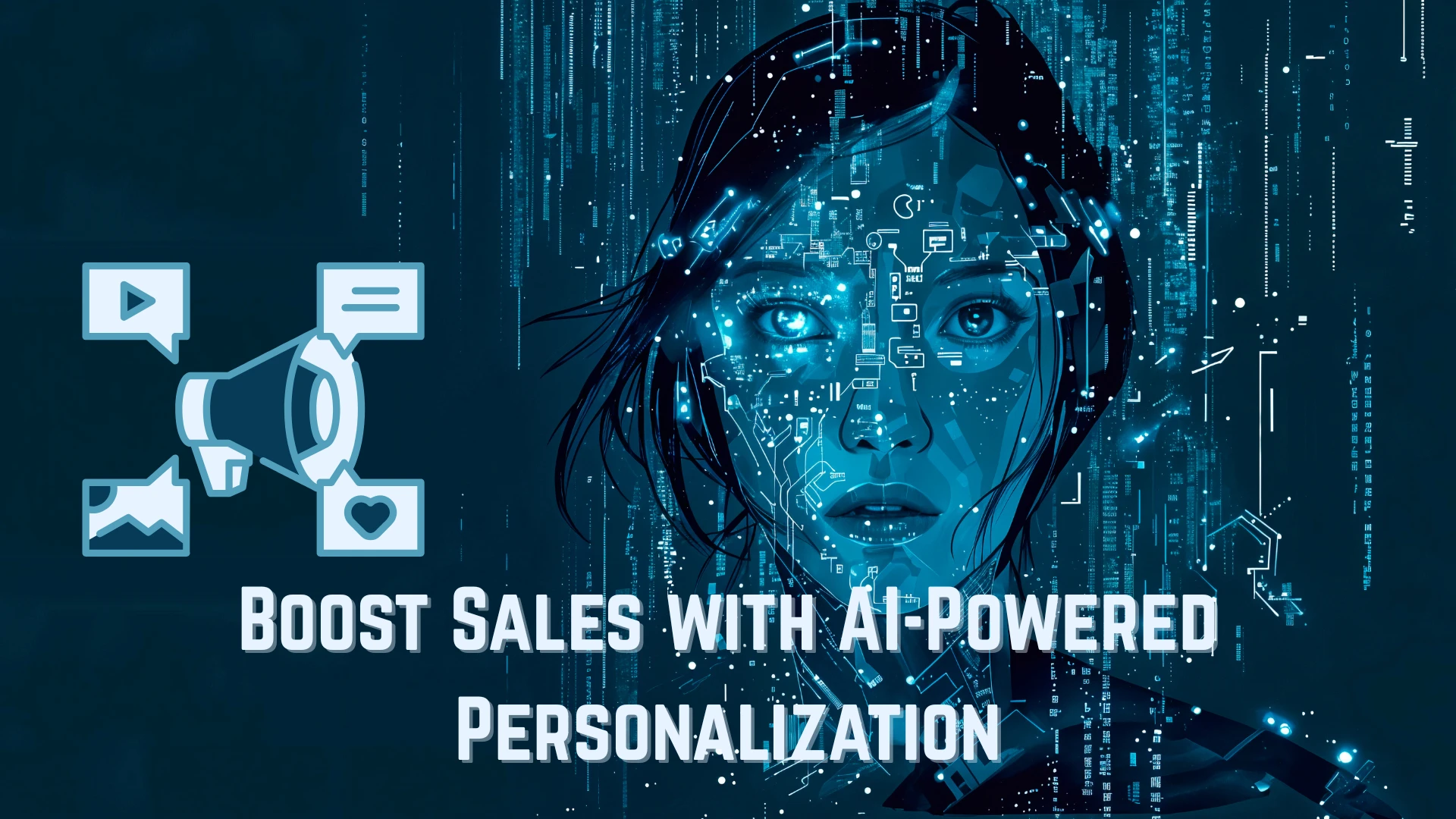In the age of digital saturation, capturing user attention has become harder than ever. Audiences today crave personalization—messages that speak directly to their interests, behavior, and needs. This is where Artificial Intelligence (AI) steps in, transforming generic marketing strategies into hyper-targeted, dynamic campaigns.
From personalized email subject lines to product recommendations and predictive analysis, AI in marketing is no longer a trend—it’s a necessity. Let’s explore how AI is not just helping but completely reshaping personalized marketing.
What Is Personalized Marketing?
Before diving into the AI part, let’s understand what personalized marketing actually means.
Personalized marketing (or one-to-one marketing) is a strategy where brands tailor their messaging, offers, and content based on individual customer data, such as:
- Behavior
- Interests
- Demographics
- Purchase history
- Browsing patterns
Traditional methods used manual segmentation, which is slow and inefficient. But now, AI automates and scales personalization efforts in real time, creating meaningful connections with consumers.
The Role of AI in Personalized Marketing
Artificial Intelligence allows marketers to collect, analyze, and act on data faster than ever. Here’s how it helps:
Smart Data Analysis and Segmentation
AI can handle huge amounts of data, processing everything from a user’s click behavior to their previous purchases.
How it helps:
It automatically segments customers into precise groups, allowing you to deliver custom content for each one. Think Netflix recommending shows based on your mood or Amazon suggesting a product before you even realize you need it.
Predictive Analytics for Better Targeting
AI uses predictive analytics to forecast what your customers might do next.
How it helps:
It lets marketers anticipate customer behavior, such as which product someone is likely to buy or when they’ll open an email, making your campaigns timely and relevant.
Personalized Email Campaigns
AI tools like Mailchimp, Salesforce Marketing Cloud, and ActiveCampaign use machine learning to improve email engagement.
How it helps:
- Optimizes subject lines with natural language processing (NLP)
- Determines the best time to send emails
- Recommends products in emails tailored to each recipient
This leads to higher open rates, better click-through rates (CTR), and lower unsubscribe rates.
Real-Time Personalization on Websites
Have you noticed how e-commerce sites adapt as you browse? That’s AI working behind the scenes.
How it helps:
AI analyzes real-time behavior (scrolls, clicks, time spent) and changes what’s shown to a visitor dynamically, like showing different banners or product lists.
This reduces bounce rates and increases time-on-site dramatically.
Chatbots and AI Assistants
Chatbots powered by AI do more than answer FAQs—they personalize interactions based on user history.
How it helps:
- Offers product suggestions
- Helps with order tracking
- Re-engages abandoned carts
Platforms like Drift, Intercom, and ChatGPT-based bots are already being used for conversational marketing with personalization at scale.
Dynamic Pricing and Offers
AI enables automated pricing based on customer loyalty, location, or purchase history.
How it helps:
A first-time visitor may get a 10% discount, while a returning customer may see a bundle offer instead. This makes users feel like the brand “gets them”—a vital aspect of retention.
Social Media & Ad Personalization
Social platforms like Facebook and Instagram use AI to run lookalike audience targeting, interest mapping, and ad customization.
How it helps:
AI determines:
- Which ad formats are a user more likely to engage with
- What time they online
- Which creative (image/video/text) they respond to best
This significantly boosts ROAS (Return on Ad Spend).
Benefits of AI-Driven Personalized Marketing
Let’s look at what AI personalization truly brings to your marketing:
| Benefit | Impact |
| Higher Engagement | Relevant messages drive clicks and conversions |
| Better Customer Experience | Feels like a 1-on-1 conversation |
| Time-Saving Automation | Less manual work for marketers |
| Increased ROI | Smarter targeting = higher returns |
| Deeper Customer Insights | Learn more about your audience than ever before |
Real-World Case Studies: AI in Action
Spotify’s Discover Weekly
Using machine learning, Spotify curates a personalized playlist every Monday for its users based on their past listening habits. This level of personalization keeps users engaged and loyal.
Sephora’s AI-Powered Product Suggestions
Sephora uses AI to recommend makeup based on skin tone, preferences, and past purchases. This has significantly increased repeat purchases and customer satisfaction.
Top AI Tools for Personalized Marketing in 2025
Here are some industry-leading tools helping businesses scale personalization:
| Tool | Key Features |
| HubSpot | CRM-integrated AI personalization |
| Marketo | Behavior-based targeting |
| Persado | AI-generated marketing language |
| Optimizely | Real-time content personalization |
| Dynamic Yield | Web and app personalization engine |
Challenges and Ethical Considerations
While AI offers endless personalization opportunities, marketers must:
- Respect privacy: Always comply with GDPR, CCPA, and data usage policies.
- Avoid over-targeting: Too much personalization can feel creepy.
- Stay human: Automation should enhance, not replace, real connections.
Transparency and consent are crucial when using AI-driven personalization.
Final Thoughts: The Future Is Personal and Powered by AI
AI isn’t just a tool—it’s becoming the backbone of modern marketing strategies. It enables marketers to connect with users not as a segment, but as individuals, delivering content that’s not only relevant but welcomed.
If you want to stay ahead in 2025 and beyond, it’s time to shift from broad-based strategies to hyper-personalized campaigns powered by AI.
Because in today’s noisy digital world, the most personal brand wins.
Pro Tip for Marketers:
Start small. Use AI for segmenting your email list or suggesting products. Gradually scale it into your ads, chatbot, and on-site experiences.


